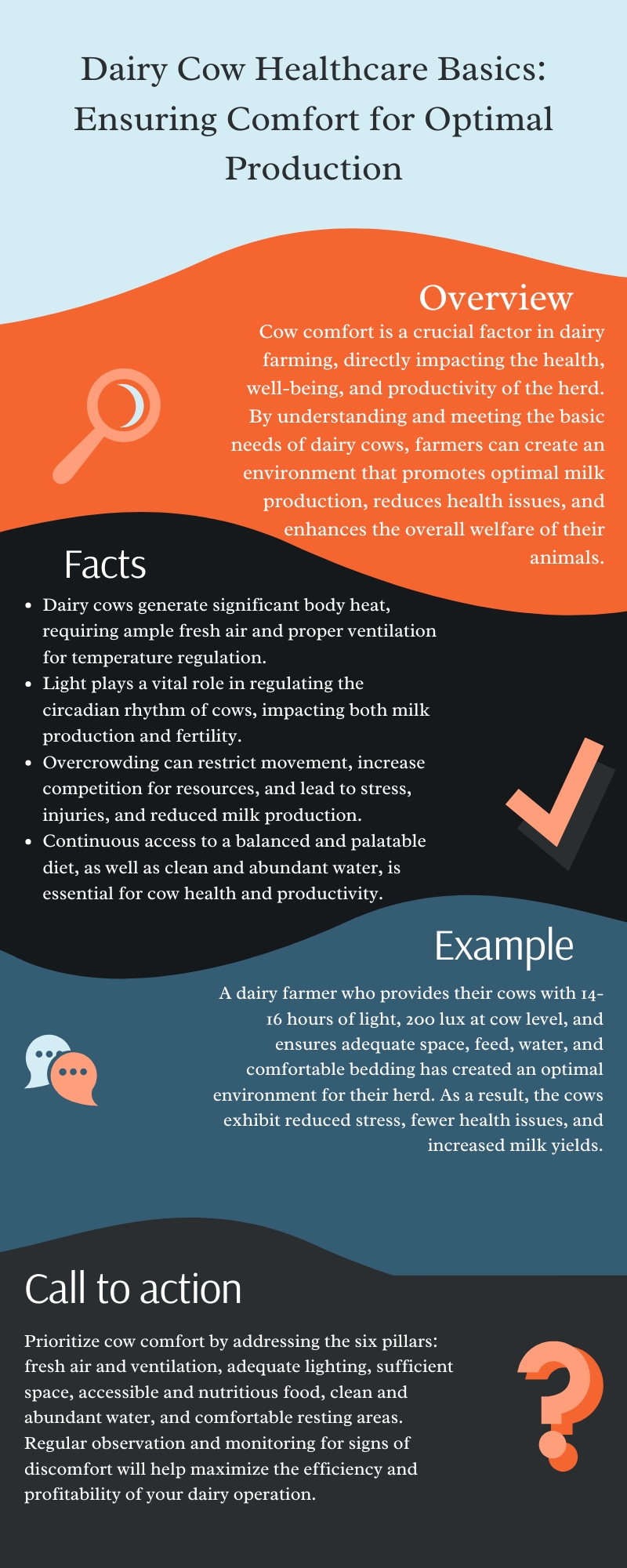Cow comfort is a crucial aspect of dairy farming, directly impacting the health, well-being, and productivity of the herd.
By understanding and meeting the basic needs of dairy cows, farmers can create an environment that promotes optimal milk production, reduces health issues, and enhances the overall welfare of their animals.
This blog article will explore the six fundamental pillars of cow comfort and how addressing these needs contributes to a thriving and profitable dairy operation.
Key Takeaways:
- Cow comfort is essential for maintaining the health, well-being, and productivity of a dairy herd.
- The six pillars of cow comfort are fresh air and ventilation, adequate lighting, sufficient space, accessible and nutritious food, clean and abundant water, and comfortable resting areas.
- Addressing these basic needs creates an optimal environment that supports increased milk production, reduced health issues, and enhanced animal welfare.
- Regular observation of cows and monitoring for signs of discomfort or unmet needs is crucial for ensuring their welfare and maximizing the efficiency of the dairy farm.
- Providing attentive care and attention to these six pillars of cow comfort contributes to a more sustainable and profitable dairy industry.
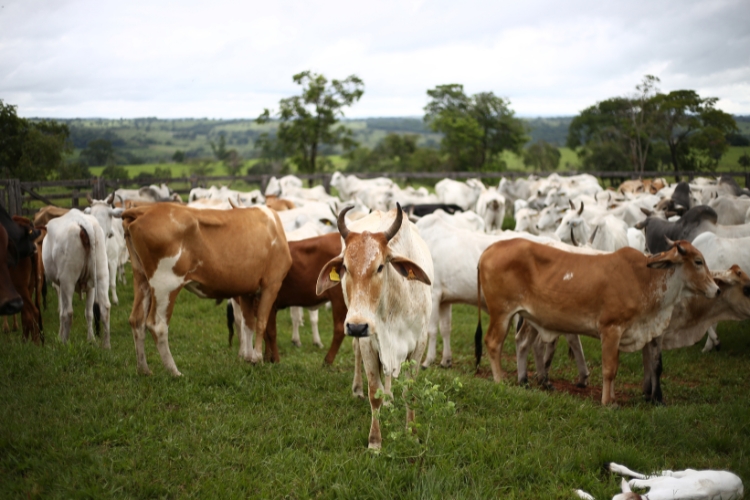
The Six Pillars of Cow Comfort
1. Fresh Air and Ventilation
Dairy cows, particularly those in lactation, generate a significant amount of body heat. Providing them with ample fresh air is essential for regulating their temperature and maintaining their health. Farmers should observe their cows for signs of poor ventilation, such as raising their heads to seek fresh air.
Signs of Poor Ventilation:
- Cows raising their heads in search of fresh air
- Cows standing instead of lying down to facilitate easier breathing
- Cows raise their upper body to make respiration easier
The ideal temperature range for lactating cows is between 15 to 60ºF. Temperatures below 40ºF require cows to expend more energy to stay warm, while temperatures above 70ºF (depending on humidity) can induce stress. Farmers can improve ventilation by breaking down walls, adding more windows, or installing additional electric lights.
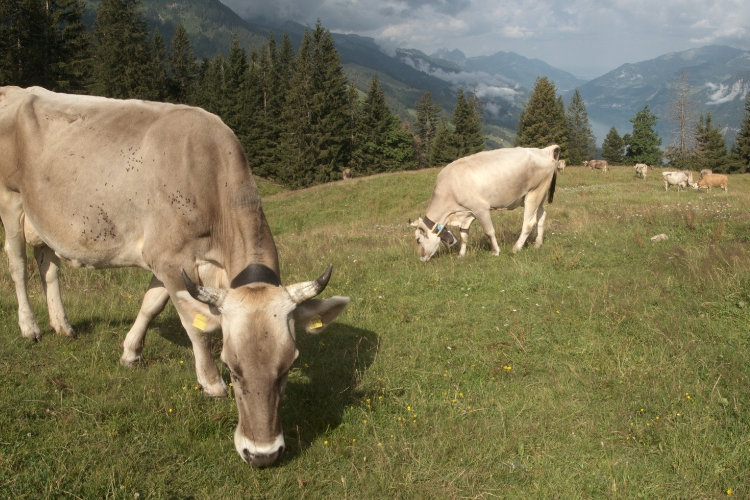
2. Adequate Lighting
Light plays a vital role in regulating the circadian rhythm of cows, impacting both milk production and fertility. Lactating cows thrive on 14 to 16 hours of light daily, followed by six to eight hours of darkness. In contrast, dry cows and heifers nearing calving benefit from eight hours of light and 16 hours of darkness.
Ideal Lighting Conditions:
- Lactating Cows: 14-16 hours of light, 6-8 hours of darkness
- Dry Cows & Heifers: 8 hours of light, 16 hours of darkness
Light intensity is measured in lux. To ensure sufficient lighting, farmers should aim for 200 lux at cow level throughout the barn. A simple test is to check if a newspaper can be read easily in any part of the barn. Conversely, darkness should be at 50 lux or less, mimicking nighttime conditions for the cows. Insufficient light can disrupt their circadian cycle, potentially leading to decreased heat signs and reduced fertility.
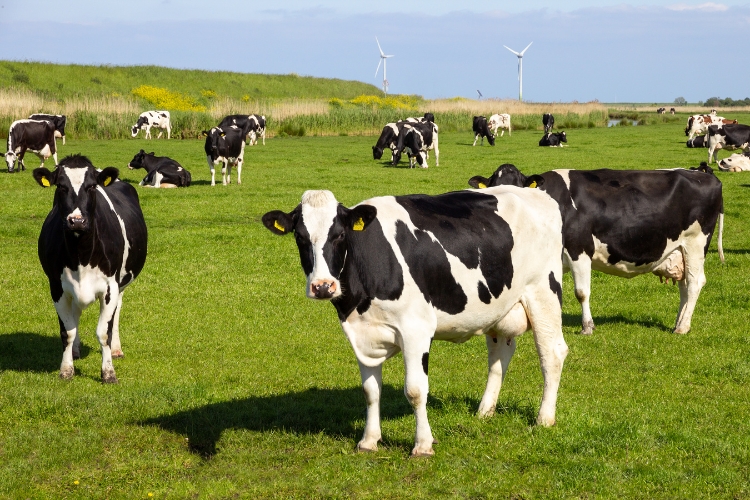
3. Sufficient Space
Dairy cows need adequate space to move freely, access resources like food and water, and avoid conflict with other cows. They should be able to walk through the group without physical contact and have a safe place to retreat in case of hierarchical disputes.
Space Requirements:
- Two cows should be able to pass side-by-side behind a row of cows eating
- Cows should have ample space for feeding, resting, and moving around the barn
Overcrowding restricts movement, increases competition for resources, and can lead to stress, injuries, and reduced milk production.
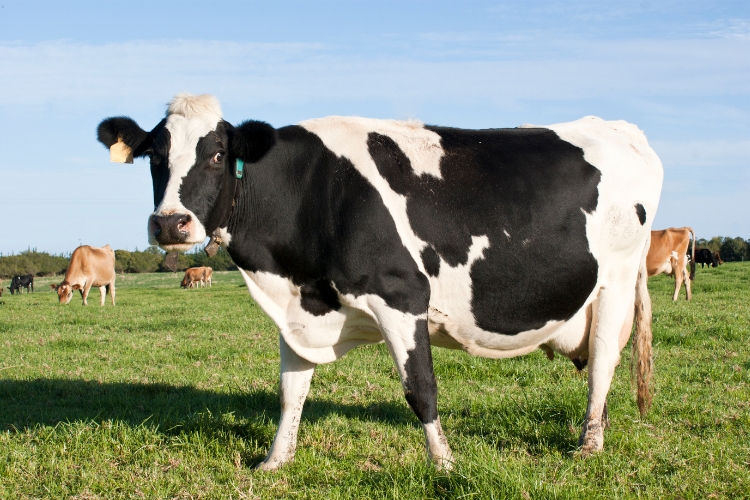
4. Accessible and Nutritious Food
A happy and productive cow requires continuous access to a balanced and palatable diet. The feeding environment should be designed to minimize stress and encourage optimal intake.
Ideal Feeding Environment:
- 24/7 access to the feed alley
- One feeding spot per cow
- Feed table 4 inches higher than cow’s feet
Separating first-lactation cows from older cows during feeding can improve productivity, as younger cows are often subordinate and may eat more comfortably when not competing with older, more dominant cows. Ideally, each cow should have its feeding spot to reduce competition and ensure all animals have ample opportunity to eat. Additionally, the feed table should be slightly elevated (around 4 inches) above the level of the cows’ feet to encourage proper head position and maximize chewing and saliva production.
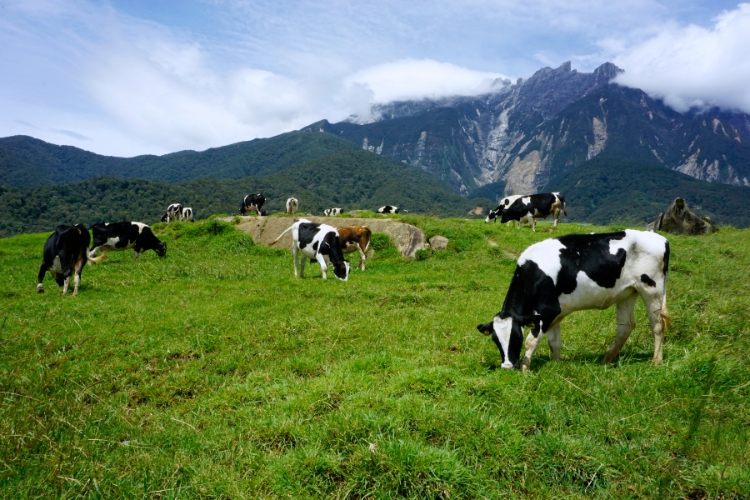
5. Clean and Abundant Water
Access to fresh, clean water is as crucial as food for maintaining optimal hydration and supporting milk production.
Water Consumption Guidelines:
- Cows need 5 liters of water for every 1 kilogram of dry matter consumed
- Cows drink 6-8 times per day, consuming up to 20 liters at a time
Waterer Setup and Maintenance:
- Waterers should be positioned near feed alleys and in multiple locations throughout the barn
- Provide one large water source for every 20 cows or one smaller source per 10 cows
- Empty and clean water tanks daily, and perform a deep cleaning once a week to prevent bacteria growth and ensure water palatability
Dirty or insufficient water can negatively impact cow health, leading to dehydration, reduced feed intake, and a decline in milk production.

6. Comfortable Resting Areas
Rest is essential for cow health and productivity. Cows need comfortable bedding that provides adequate cushioning and support to prevent injuries and promote relaxation.
Bedding Requirements:
- Softness: Prevents front knee and hock damage
- Grip: Prevents slipping, sliding, and backbone and hock injuries
Bedding Materials and Maintenance:
- Use sand or other soft bedding materials
- Clean beds at least three times daily and replenish bedding weekly
- Perform the “knee test” and “back-of-hand-rub test” to assess bedding comfort and grip
Cows that stand for prolonged periods instead of lying down may indicate discomfort with the bedding. Farmers should prioritize providing soft, dry, and grippy bedding to ensure their cows can rest comfortably and minimize the risk of injuries.
Conclusion
Providing optimal cow comfort by addressing these six basic needs is fundamental to a successful dairy operation.
By focusing on fresh air, adequate lighting, sufficient space, accessible and nutritious food, clean and abundant water, and comfortable resting areas, farmers can create an environment that supports cow health, well-being, and productivity.
Regularly observing cows for signs of discomfort or unmet needs is crucial for ensuring their welfare and maximizing the efficiency of the dairy farm.
Ultimately, attentive care and attention to these basic needs will result in happier, healthier, and more productive dairy cows, contributing to a more sustainable and profitable dairy industry.
Frequently Asked Questions
1. What are the six pillars of cow comfort?
The six pillars of cow comfort are 1) Fresh Air and Ventilation, 2) Adequate Lighting, 3) Sufficient Space, 4) Accessible and Nutritious Food, 5) Clean and Abundant Water, and 6) Comfortable Resting Areas. By addressing these fundamental needs, dairy farmers can create an optimal environment that supports their herd’s health, well-being, and productivity.
2. What are the ideal lighting conditions for lactating cows?
Lactating cows thrive on 14 to 16 hours of light daily, followed by 6 to 8 hours of darkness. This light-dark cycle helps regulate the cows’ circadian rhythm, crucial for milk production and fertility. Maintaining the proper lighting conditions is an essential aspect of cow comfort.
3. How much water do dairy cows need per day?
Dairy cows require 5 liters of water for every 1 kilogram of dry matter they consume. On average, cows drink 6-8 times per day, consuming up to 20 liters of water at a time. Providing clean, abundant water is critical for maintaining optimal hydration and supporting the cows’ milk production.
4. What are the bedding requirements for cow comfort?
Cows need comfortable bedding that provides adequate cushioning and support to prevent injuries and promote relaxation. The bedding should have two key qualities: softness to prevent front knee and hock damage, and grip to prevent slipping, sliding, and backbone and hock injuries. Farmers should use soft materials like sand and regularly clean and replenish the bedding to ensure their cows can rest comfortably.
